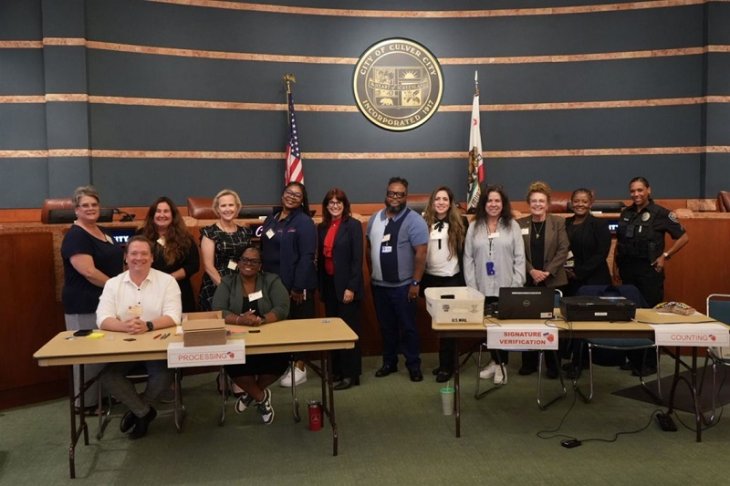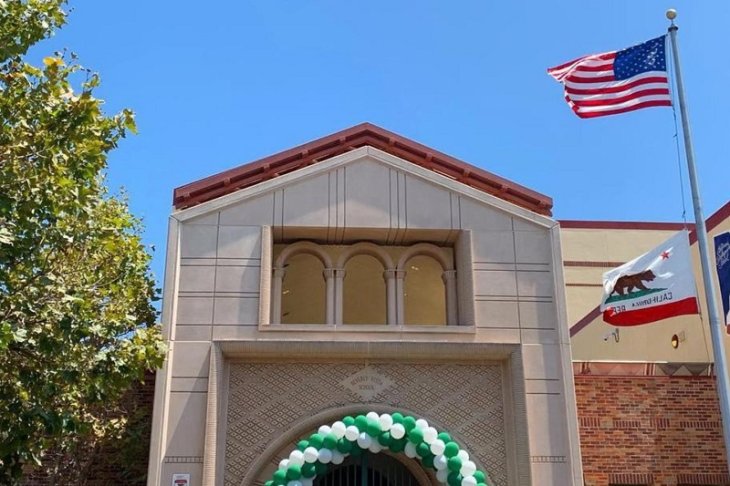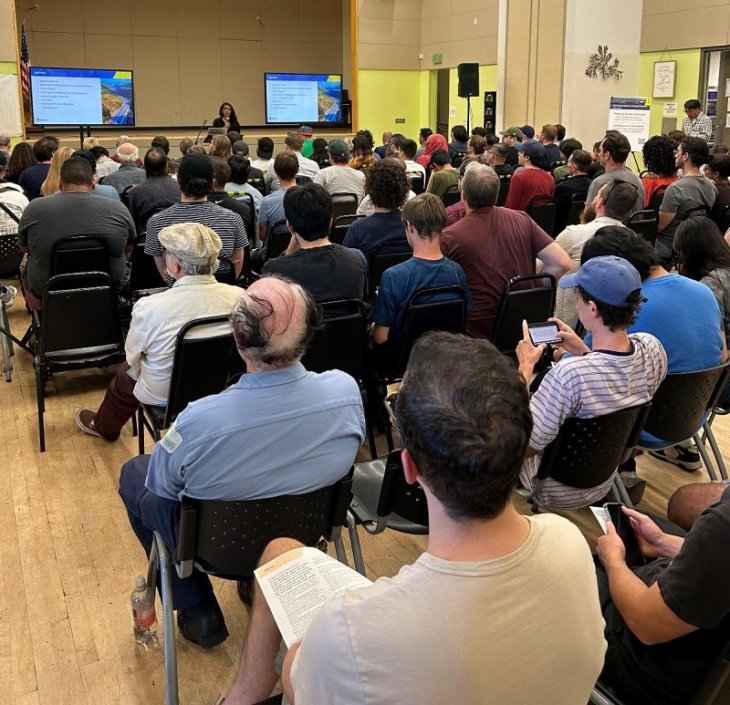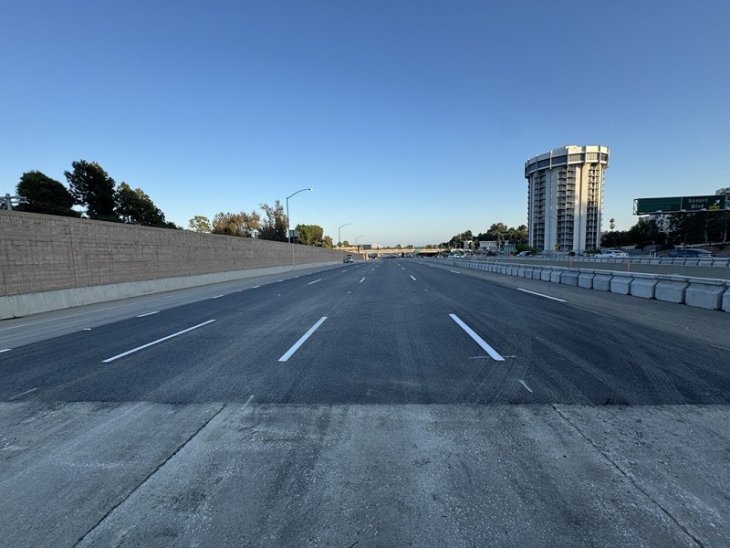By Tom Elias, Westside Today Columnist
Every time Scott Wiener amends his SB 50 plan to force much higher housing density on virtually all parts of California, it seems a little less onerous for homeowners whose hard-earned life savings are invested in the kind of single family homes and roomy lots that originally drew millions to this state.
But make no mistake: Wiener, a Democratic state senator who views urban sprawl and large lots containing only one home as abominations, still means to change the face of California and the lifestyles of many Californians.
He’s convinced this must happen in order to solve the concurrent problems of homelessness and high housing prices that now confront state residents in many cities and affect anyone who shops for a new or different home.
Wiener, a resident of the extremely dense Castro District in central San Francisco, has until Jan. 31 to get some version of his bill through the state Senate or it will die for this legislative session – unless it’s resurrected via a new bill number later this year.
Wiener doesn’t want to bother with that because of the urgency in the housing picture, where more than 140,000 Californians have no homes and must sleep in cars, doorways or mass shelters in armories and other public buildings on cold winter nights. More than half the state’s families also cannot afford to buy the median California home, whose price now tops $500,000.
Wiener sees more housing as the solution, which makes him a natural ally of Gov. Gavin Newsom, who wants about half a million new units constructed in each of the next seven years, but saw less than one-third that many built during his first year in office.
Yet, Newsom has not backed Wiener’s bill, perhaps because it offends too many present homeowners, who represent a powerful voting bloc that could unseat him in 2022 if he crosses them.
But the newest version of SB 50 is neither as onerous nor quite as dictatorial as previous ones, which mandated approvals for unlimited five-to-eight story apartment or condominium buildings within half a mile of light rail stops and four-floor structures along major bus routes, regardless of what neighbors and local officials might want.
The newest version gives cities and counties two years to develop their own plans for more housing, letting them site higher buildings in some places and lower ones in others, so long as they total enough new units to suit the state’s housing department. It also would let cities encourage new “granny” units in backyards. Meanwhile, the housing department has already forced some local officials to okay adding enormously to their housing stock by suing them or threatening them with loss of funds from the state.
Wiener’s wide coalition of supporters includes the American Assn. of Retired People, developers, construction unions, realtors, the Yes In My Backyard (YIMBY) organization of urban liberals and a host of environmental groups, plus the main Los Angeles area chamber of commerce and now even a few mayors.
“The changes (in) SB 50 give cities a broader menu of options,” said Brian Hanlon, CEO of California YIMBY.
“…it’s striking to see what an existing state mandate by itself – without SB 50 – could do to just one city during this new decade. One analysis says the existing law could force Santa Monica, a three-mile-square city of 92,000 facing the Pacific Ocean and surrounded on its other three sides by Los Angeles, to allow building of more than 9,000 new housing units…”
Tom Elias
Meanwhile, it’s striking to see what an existing state mandate by itself – without SB 50 – could do to just one city during this new decade. One analysis says the existing law could force Santa Monica, a three-mile-square city of 92,000 facing the Pacific Ocean and surrounded on its other three sides by Los Angeles, to allow building of more than 9,000 new housing units in that time, likely adding at least 15 percent to its already crowded streets and neighborhoods.
Local slow-growth advocates vigorously oppose this mandate, accepted as unavoidable so far by city officials. Slow-growthers fear the inevitable impact of SB 50’s added requirements.
So do a lot of other cities and groups of local activists interested in preserving California’s longtime lifestyles.
A collision appears inevitable, but was averted last year when one lawmaker used an obscure rule to stymie SB 50. No one is quite sure what might happen now, with pressure to solve housing problems building every day.
Email Thomas Elias at tdelias@aol.com. His book, “The Burzynski Breakthrough, The Most Promising Cancer Treatment and the Government’s Campaign to Squelch It” is now available in a soft cover fourth edition. For more Elias columns, visit www.californiafocus.net





















